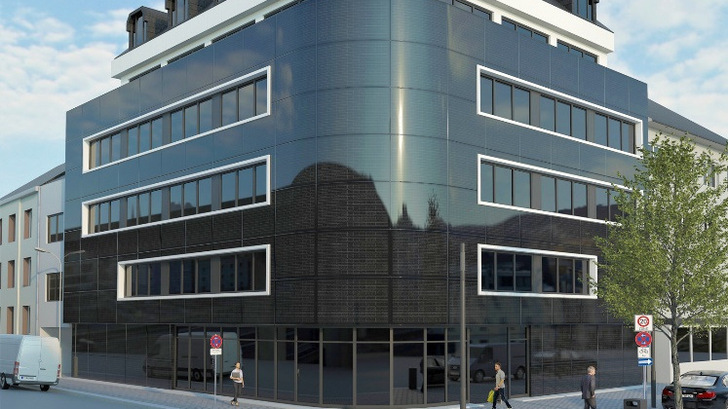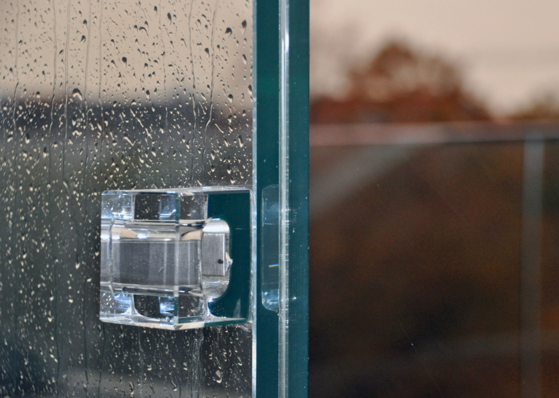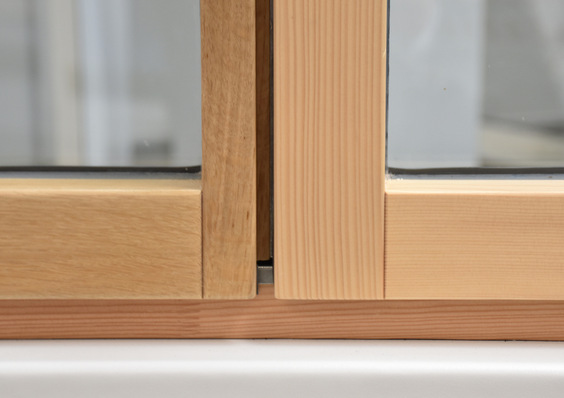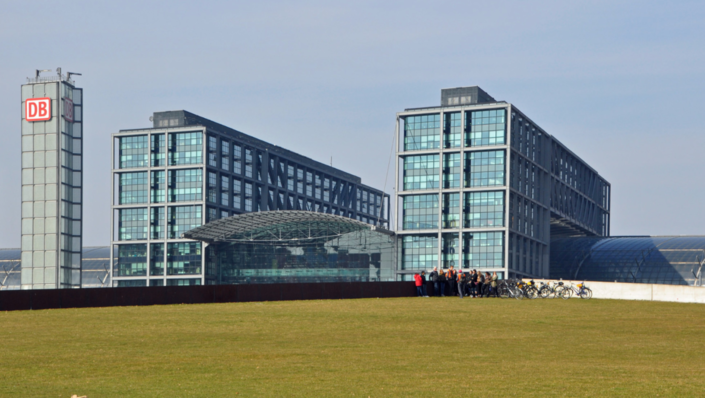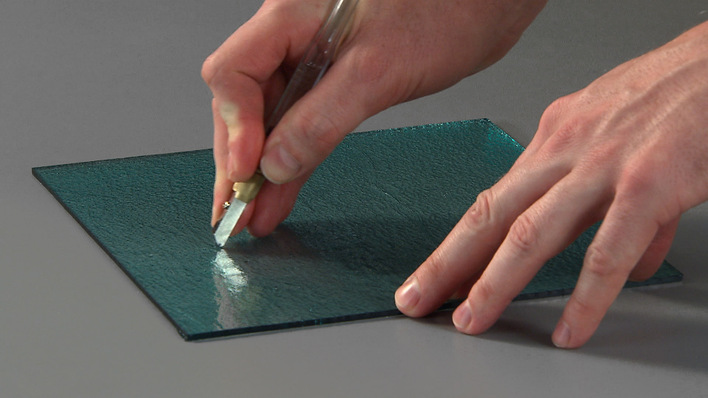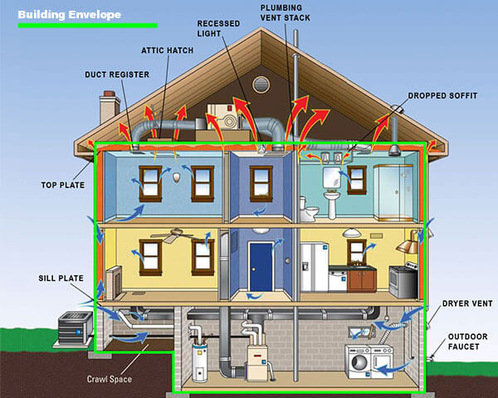Integrating photovoltaics into the building envelope has many advantages. The one slight disadvantage that facade modules achieve somewhat lower yields than inclined roof modules due to their vertical position is made up for by other benefits. In addition to generating energy, building-integrated photovoltaics, or BIPV, can also provide protection from external influences such as weather, sun and noise, or it can serve as the actual building envelope.
How is photovoltaics integrated into a facade?
Photovoltaic modules can be integrated well into the facade, either inconspicuously integrated into glass facades or as dark or crystalline shiny coloured surfaces to design a building. If the thin-film modules are laminated into insulating glazing, these special panes can be installed in normal mullion-transom facades, for example. The transparency of the glass plane can be individually determined according to the space between the individual modules or even solar cells, which means that additional solar protection may not be necessary, depending on the light transmittance.
Classic PV modules are mounted as ventilated curtain wall facades on metal substructures on load-bearing exterior walls. Large undisturbed wall surfaces as well as continuous parapets are suitable for this. A special case is PV modules that follow the sun (so-called tracking systems), which are mounted in the form of slanted louvres in front of the exterior wall enclosing the room and create a strongly sculptural effect.
Is it possible to use just any PV modules?
PV modules for building integration are usually manufactured specifically for the object. Manufacturers, facade constructors and electricians must therefore be involved and coordinated from the very beginning. Since design, technical and economic aspects have to be considered to the same extent, the planning and execution of facades with integrated photovoltaics require more effort than conventional building envelopes.







